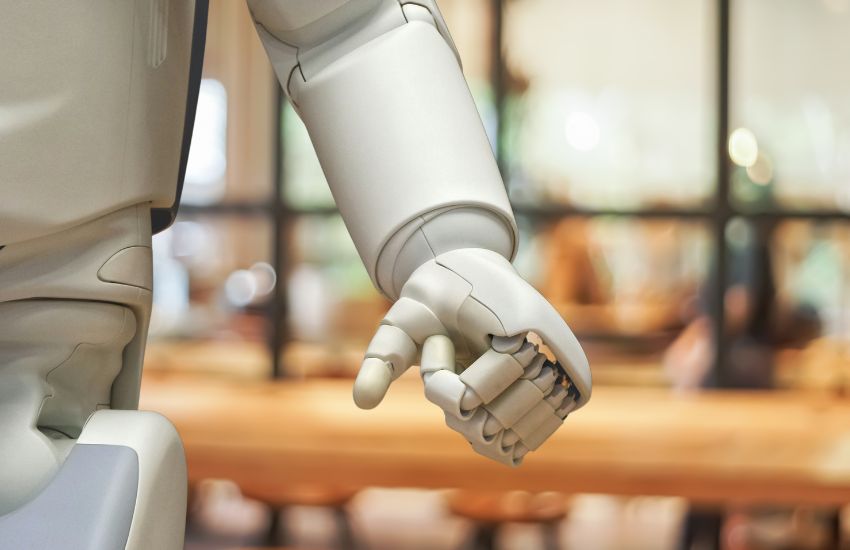The rise of humanoid robots

From sci-fi dreams to real-world applications
The rapid development of humanoid robots is driven by advancements in pre-built components, allowing manufacturers to focus on integration rather than reinventing every part from scratch. Historically, companies had to design custom sensors, actuators, and control systems, slowing progress and increasing costs. Today, cutting-edge AI chips, vision sensors, tactile sensors, and precision actuators enable the efficient assembly of humanoid robots.
For example, LiDAR sensors enhance navigation, force-feedback actuators create realistic movement, and edge AI processors enable real-time decision-making. This modular approach is accelerating industry growth, making humanoid robots more accessible and commercially viable.
Key players driving innovation
- AI Processing: Companies like Synopsys Inc. and Texas Instruments are pioneering AI-driven chip design and embedded processing, enabling robots to analyze data and react in real time.
- Vision & Navigation: Robosense, KEYENCE, and Teledyne Technologies lead the field in high-accuracy vision sensors, while Robosense’s LiDAR technology improves spatial awareness and obstacle detection.
- Touch & Interaction: XELA Robotics and Resense GmbH specialize in tactile sensors that mimic human touch, enhancing robot-object interactions.
- Motion & Mobility: Schaeffler Group and Inovance develop precision actuators that enable smoother, more lifelike movement.
- Edge AI Processing: NVIDIA, Intel, and Qualcomm power data-intensive robotics applications with advanced edge AI processors for rapid decision-making.
- Energy Efficiency: CATL, a leader in battery technology, is innovating robotics power solutions for longer operational lifespans.
- Sensory Expansion: Ainos is advancing olfactory perception with its AI Nose system, expanding robots’ ability to detect scents.
Expending applications
Potential use cases in the future will be diverse, spanning both business and household applications, as humanoid robots are evolving into adaptable solutions across industries, including manufacturing, Logistics & warehousing, Healthcare & elderly care, Home assistance & cleaning, retail assistance, and beyond.
Market trends and adoption timelines
Humanoid robot costs vary based on region and sophistication. In the U.S., advanced models from Tesla and Boston Dynamics range from $40,000 to $60,000, while Chinese manufacturers like Unitree Robotics and Ubtech offer more affordable options between $15,000 and $30,000.
Mass adoption of humanoid robots in manufacturing and logistics is expected by 2030, with early commercial models entering the market as soon as 2026. The industry is set for exponential growth, projected to reach $15.26 billion by 2030, marking a transformative shift in automation and human-robot interaction.
Excellent article.
Very comprehensive.
Which funds or ETF do you suggest (apart from Polar Cap Global, UBS Solactive China and Priveledge Fidelity Tech)?